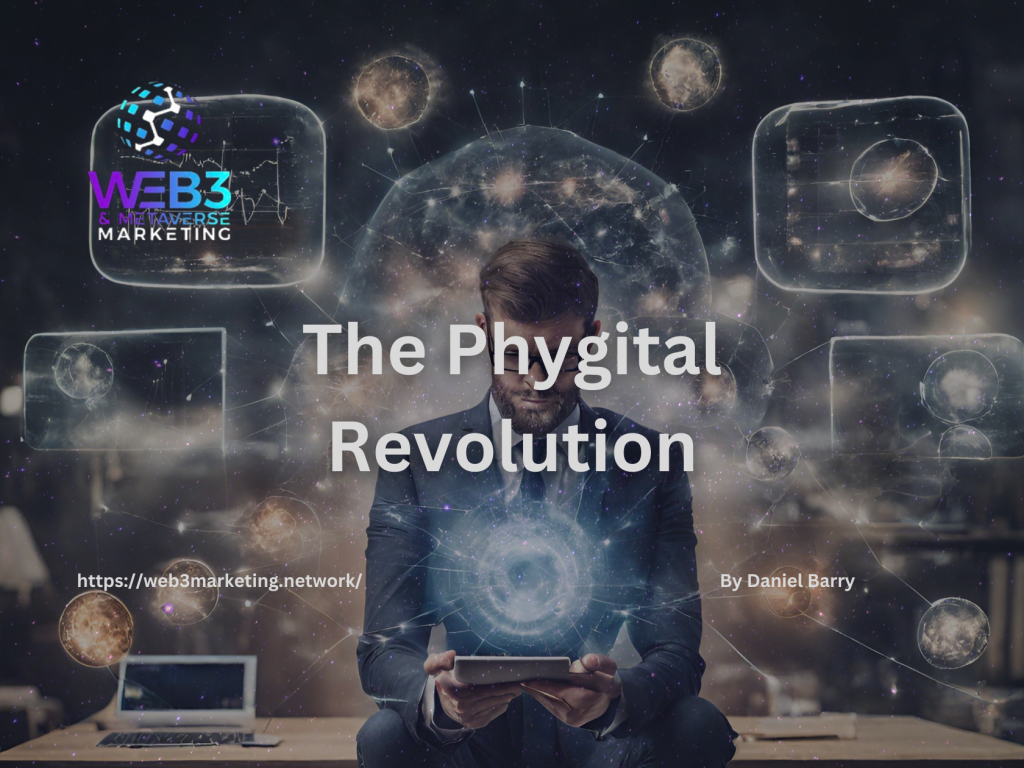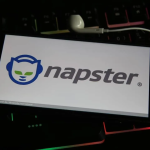By Daniel Barry
The boundaries between the physical and digital worlds are rapidly dissolving. Consumers don’t just live online or offline; they inhabit a fluid space where these two realities converge. This is where phygital experiences take center stage, offering innovative ways for brands to connect with their audiences.
Phygital Definition?
The term “phygital” is a portmanteau of “physical” and “digital.” It refers to the integration of digital technologies and experiences into physical environments and products. Phygital initiatives are about erasing the lines between online and offline, providing audiences with a seamless, omnichannel journey.
Phygital Marketing: Why Should Brands Care About Phygitals?
Phygitals deliver several compelling benefits for brands and marketers:
- Enhanced Customer Experience: Phygital strategies cater to modern consumer expectations for convenience, interactivity, and personalization. They create memorable, stimulating experiences that foster brand affinity.
- Increased Engagement: By making interactions more immersive and exciting, phygitals encourage deeper customer engagement. This can lead to increased brand awareness, loyalty, and ultimately, improved conversions.
- Data-Driven Insights: Phygital experiences generate valuable data about customer preferences and behaviors. Brands can leverage this data to tailor marketing campaigns, optimize product offerings, and improve overall decision-making.
- Competitive Differentiation: In an increasingly crowded marketplace, phygitals help brands stand out and solidify a unique and innovative brand identity.
Phygitals in Action: Key Marketing Applications
Let’s explore some of the most powerful ways a phygital experience can be used for marketing:
- Augmented Reality (AR) Product Experiences: AR allows brands to superimpose digital information onto the real world. Imagine customers virtually trying on clothes, testing out makeup shades, or visualizing how furniture would look in their living rooms. This technology enhances the decision-making process and reduces returns.
- Interactive In-Store Displays: Transform physical stores into hubs of excitement using interactive displays, smart mirrors, or QR codes linked to product information, videos, and exclusive offers. This elevates the in-store shopping experience and encourages digital interaction with the brand.
- Gamified Phygital Experiences: Gamify shopping or product discovery with scavenger hunts, quizzes, or challenges that span physical and digital realms. These experiences deepen engagement, promote social sharing, and create enjoyable associations with your brand.
- Phygital Events: Blend in-person events with digital components like live streaming, interactive Q&As, or social media contests. This increases reach, enhances event participation, and extends the event’s lifespan.
- Phygital Loyalty Programs: Modernize loyalty programs by integrating digital elements such as personalized rewards, location-based offers, and seamless transitions between online and offline channels. This approach leads to increased customer retention and advocacy.
Phygital Examples: Brand Case Studies
1. Rebecca Minkoff: “Connected Stores
The Phygital Strategy: Rebecca Minkoff transformed their retail spaces with interactive mirrors, RFID-enabled products, and a mobile app. Customers could get product recommendations, try on items virtually, access exclusive content, and create wish lists.
Results: This phygital experience led to higher in-store engagement, increased sales conversions, and valuable insights into customer preferences.
2. Ikea: AR Furniture Placement
The Phygital Strategy: Ikea’s “Place” app allows customers to use augmented reality to see how Ikea furniture would look and fit in their own space. This eliminates guesswork in the purchase decision.
Results: The app has boosted customer confidence, decreased returns, and inspired greater creativity in home decor.
3. Nike: Interactive Retail Experiences
The Phygital Strategy: Nike has experimented with phygitals in various ways, from in-store basketball courts offering digital training experiences to QR codes that unlock personalized recommendations.
Results: These phygital touchpoints increase customer dwell time, deepen brand engagement, and promote specific product lines.
4. Burberry: Blending Physical and Digital Fashion
The Phygital Strategy: Burberry partnered with Tencent to create a unique “social retail” store in Shenzhen, China. Customers interact with displays via WeChat, gamify their experience, and create a “social currency” that unlocks exclusive rewards in the physical and digital space.
Results: The store created a sense of exclusivity, excitement, and brand loyalty, especially with younger, tech-savvy consumers.
5. Disney: Immersive Phygital Theme Parks
The Phygital Strategy: Disney utilizes wearables like MagicBands, interactive park elements, and personalized mobile app experiences to enhance visitors’ journeys. Guests can pre-plan rides, interact with characters, and seamlessly navigate the park.
Results: Enhanced guest satisfaction, optimized wait times, and a richer, more personalized experience that keeps visitors coming back.
Getting Started with Phygital Marketing
- Understand Your Audience: Analyze your customer journey, pain points, and preferences. Where are the opportunities to inject a phygital touch?
- Define Your Goals: What are you hoping to achieve with your initiative? Increased sales, brand awareness, customer data, or something else?
- Choose the Right Technologies: AR, VR, QR codes, NFC tags, and more can be part of your phygital arsenal. Experiment to find the right fit for your brand and target audience.
- Start Small and Iterate: Test phygital ideas on a small scale before full-scale implementation. Gather feedback, refine your approach, and expand successful strategies.
The Phygital Future
Phygital marketing is not a fad; it’s an evolution reflecting changing consumer behaviors. Brands that harness the power of phygital experiences will position themselves at the forefront of marketing innovation, winning over customers seeking a seamless and engaging interaction between the physical and the digital.










